By Roxanne Reid
We timed our visit to White Lion Lodge at Sanbona Wildlife Reserve perfectly. Although some years this Karoo reserve in South Africa has little rain, by the end of September this year it had had lots, spawning a fiesta of colourful flowers among the green bushes. Small wonder, then, that one of our nature drives from the lodge focused on the plants and flowers, while on the second we enjoyed seeing some of the reserve’s big game.
An explosion of flowers
Lodge owner Gerry Cuje-Jakoby is nuts about plants and very knowledgeable too. Guide Romeo Muller reflects that passion, leading us on a late afternoon flower safari stuffed with fascinating insights. We couldn’t help but be inspired. Yes, there were kudu and gemsbok and mountain zebras and scrub hares, but they were just a bonus.
‘There are some 200-250 different mesembryanthemums,’ he told us. And indeed, purple, pink, yellow, orange and white vygies splashed across the veld. There were also cotton bushes with white flowers and an aroma of rosemary. There was wild thyme, a sweet scent in the air each time the open safari vehicle passed a patch of it. Cotton bush and the well-named anchor bush – which sends out shoots that anchor into the ground to start new plant, thus helping to prevent soil erosion – are two of the bushes Karoo sheep feed on to give Karoo lamb its unique flavour.
On a similar theme, the San used to rub guarri leaves on their skin to prevent sunburn. ‘Guarri only germinates after it has passed through the digestive system of an elephant or buffalo,’ Romeo explained. ‘Since some of these guarri bushes are about 300 years old, it tells us those animals occurred here historically.’
Sanbona gets both winter rain and summer thundershowers, and the northern section gets less than the south. Although there are fascinating plants to see all year round, August and September are the best months to visit White Lion Lodge for an explosion of colour.
Interestingly, birds and bees aren’t the only pollinators here. Rodents and flies do some of work, while harvester termites and whistling rats are the undertakers of the veld, helping to clean up the dead plant material. They use it for their nests and also eat it.
Wildlife safari
After breakfast the next morning, the sky was a huge bowl of blue flecked with clouds when we set off for a full-day wildlife safari into the northern concession. Early on, we spotted some clear tracks of brown hyena and leopard, suggesting that night drives from White Lion Lodge might be rewarding if they were to be offered sometime in the future.
Although eland, rhino and buffalo eluded us on our game drive, we saw kudu, springbok, red hartebeest, and Cape Mountain Zebra, as well as gemsbok, which don’t need water but can get all the moisture they need from succulent plants. These are all animals that once occurred here naturally, until farming squeezed them out. Now they’ve been reintroduced and the veld allowed to return to its natural state. Other small animals that occur here naturally include jackal, caracal, grey reedbuck, steenbok, grysbok and duiker, not to mention aardwolf and aardvark – two more good reasons to have a night drive.
Our most bounteous sightings were of giraffe, including some moms with little ones – one of them not much more than a few days old. Romeo explained that the giraffe here are adapted to the conditions and slightly smaller than say Kruger giraffes. They have very strong muscles in the chest above the top of the front legs. This enables them to climb mountains and also lean down to feed on plants low on the ground in an area with few tall shrubs and trees.
The large Bellair dam was full after all the rain, providing space for grey herons, red-knobbed coots, dabchicks, and African shelducks, even a pod of hippo, and a wonderful outlook from the track along its edge.
Before lunch, we spotted a herd of ten elephants, but they were far away. Romeo tried to get closer along a side road, without success. After a picnic lunch in a stone boma, he went looking for the elephants again, finally reaching a spot where they were feeding right next to the road, very calm and chilled, breaking off branches of sweet-thorn to munch. I love elephants and can spend hours watching their behaviour, so this was a treat.
The time we’d spent trying to get closer to the elephants turned out to be time well spent because on our way back to the gap in the mountains that would lead us home, we found a cheetah posing on a hill. This was another outstanding sighting, given that only about 7 000 remain in the world and they’ve vanished from some 90% of their natural habitat across Africa. After a while she started to walk down the hill and we noticed four heads popping up behind the bushes to watch her and eventually follow – her four cubs of a year old.
Do you love wielding your binos to look for birds? You’ll be pleased to know that both flower drives and game drives are good opportunities to spot some of Sanbona’s approximately 250 species. These include raptors like African fish-eagle, Verreaux’s eagle, jackal buzzard, and pale chanting goshawk, water birds like herons, egrets, coots and ducks, as well as Karoo korhaan, Ludwig’s bustard, blue crane, European bee-eater, cinnamon-breasted warbler, malachite sunbird, and Namaqua sandgrouse with their liquid call. These sandgrouse can travel up to 80km in search of water, collecting droplets in their breast feathers to take back to their nests for the chicks to drink.
Tranquil luxury and things to do at the lodge
Since White Lion Lodge accommodates a maximum of eight people, it feels more like a large family home than a lodge. It’s built on stilts with thatched roofs and lots of glass for Imax views of the surrounding landscape.
The main area has a lounge where you can enjoy drinks around a cosy fireplace before dinner, an open-plan kitchen that serves as a gathering point where it’s nice to chat to the friendly staff, and an elegant dining room with a large yellowwood table where we enjoyed tasty meals and conversation with other guests. If the weather is warm, dinner can be served on the main deck overlooking the infinity pool. We had lunch there the day we arrived, the burbling of the river below adding a touch of tranquillity.
The suites are so gorgeous it’s hard to tear yourself away for nature drives. Double doors slide back along two sides, opening to the large deck for an appealing indoor/outdoor feeling of freedom. The bathroom brings nature inside in the form of tree-branch towel racks, and branch-framed mirrors. Botterbome printed on the curtains and aloes on the scatter cushions add other touches of nature for a classy, natural feel rather than the excessive glitz some lodges go for.
There’s a bath and rain dance shower with a wide-screen view of a koppie. When the weather is hot you can use the outdoor shower for a full nature immersion. A special treat is a large dressing room where you can stash your clothes and bags out of the way, and there’s a long desk for charging phones and cameras or using your laptop if you have to. Sunloungers on the deck look out over the riverbed and a bush-covered sandstone koppie with sweet-thorn trees, while aircon, ceiling fan, underfloor heating, gas fireplace, mini-bar fridge, coffee maker, and TV add the final comforting touches.
Relax in a wood-fired hot tub in a private spot a bit removed from the main building to ease the tension from your muscles and savour the views of the Little Karoo. Or opt for a de-stressing massage in the spa on the lodge’s lower level. Book this ahead because the spa therapist needs to come from outside the reserve.
During our visit, staff were clearing a nature walk around the camp perimeter, which will be a wonderful place to stretch your legs after a nature drive. Take your binos and see how many birds you can find. Another great addition scheduled for the week after our visit was a solar installation. By now, guests will be able to enjoy the lodge without even having to think about Eskom power cuts/loadshedding – a holiday in itself.
If you’re the sort of traveller who likes to support responsible organisations that benefit conservation and communities, you’ll be pleased to know that Sanbona Wildlife Reserve is owned by a non-profit foundation with a strong conservation ethic. The driving idea is to create a balance where ecocystems, endangered animals and plants can flourish. By underlining environmental sustainability and conservation, they’re recreating an ecosystem as close as possible to the way it would have been three centuries ago. Keywords are rehabilitation, restoration, and reintroduction of animals that have become extinct in the area but would have roamed freely back then, before agriculture changed the Little Karoo.
Sanbona is part of CapeNature’s Biodiversity Stewardship programme in which land owners take responsibility for using sound conservation principles to safeguard our natural heritage for future generations.
As far as community development goes, Sanbona has a learning centre that educates the children of the reserve’s staff and those of the surrounding farm community, and a specific programme teaching children of the greater community about wildlife and conservation.
You may also enjoy
10 Karoo game reserves and nature reserves to visit
22 things to do in Montagu, South Africa
17 things to do in Barrydale on Route 62 in the Karoo
Like it? Pin this image!










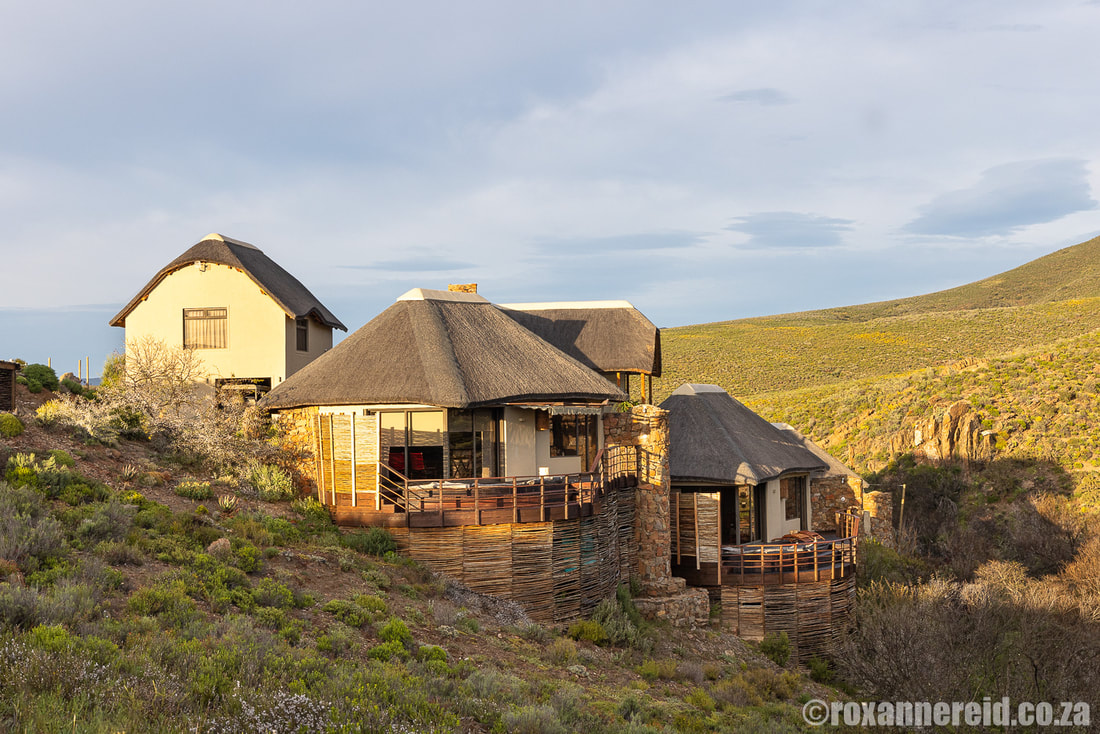
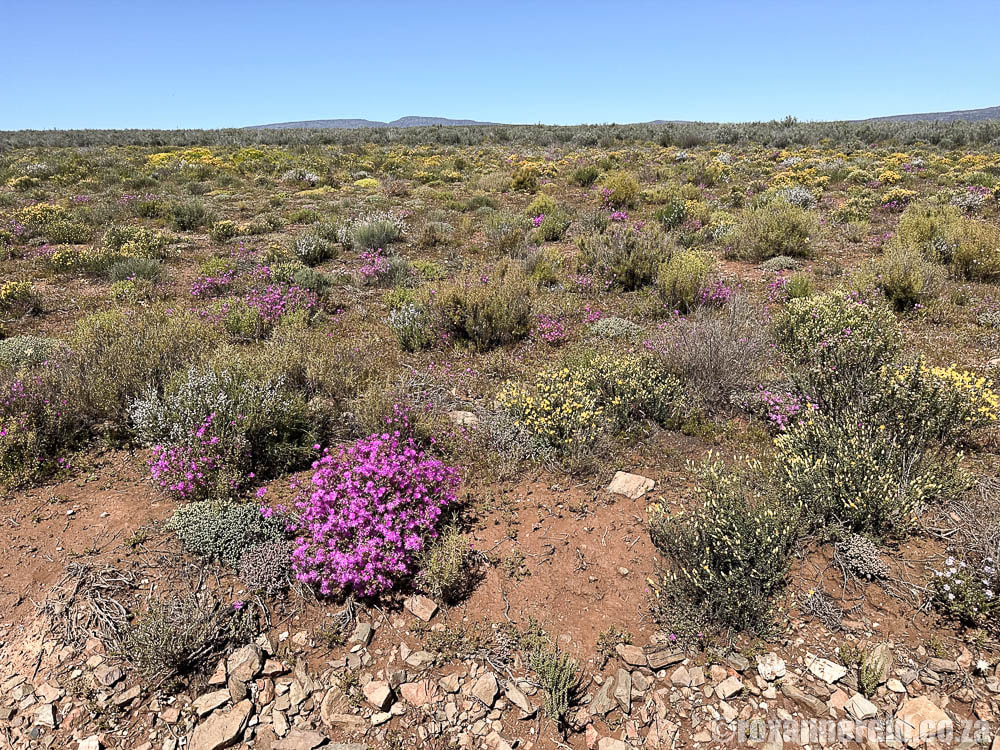
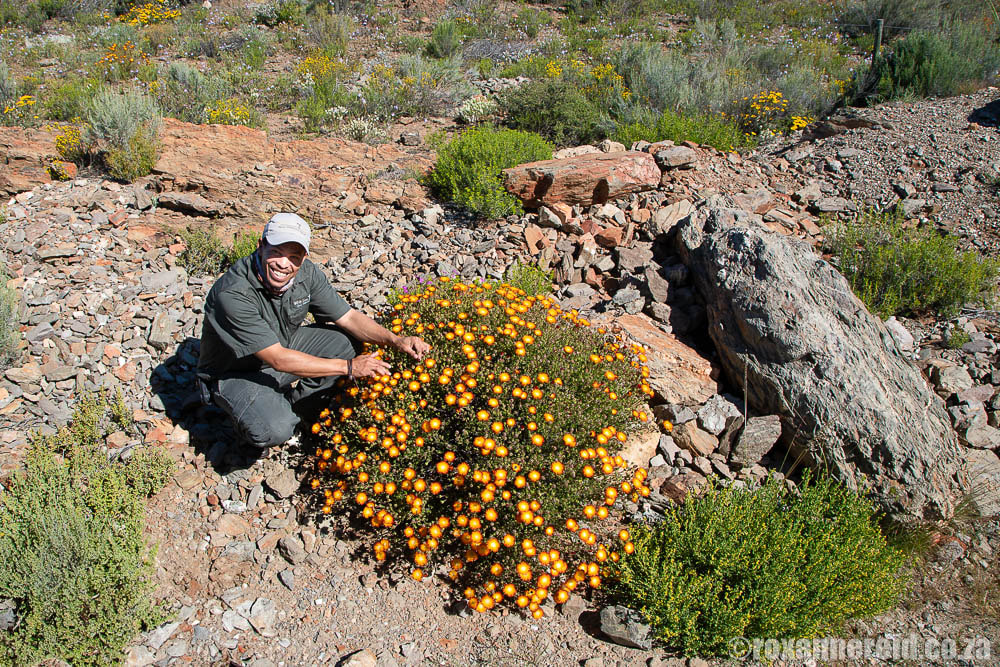
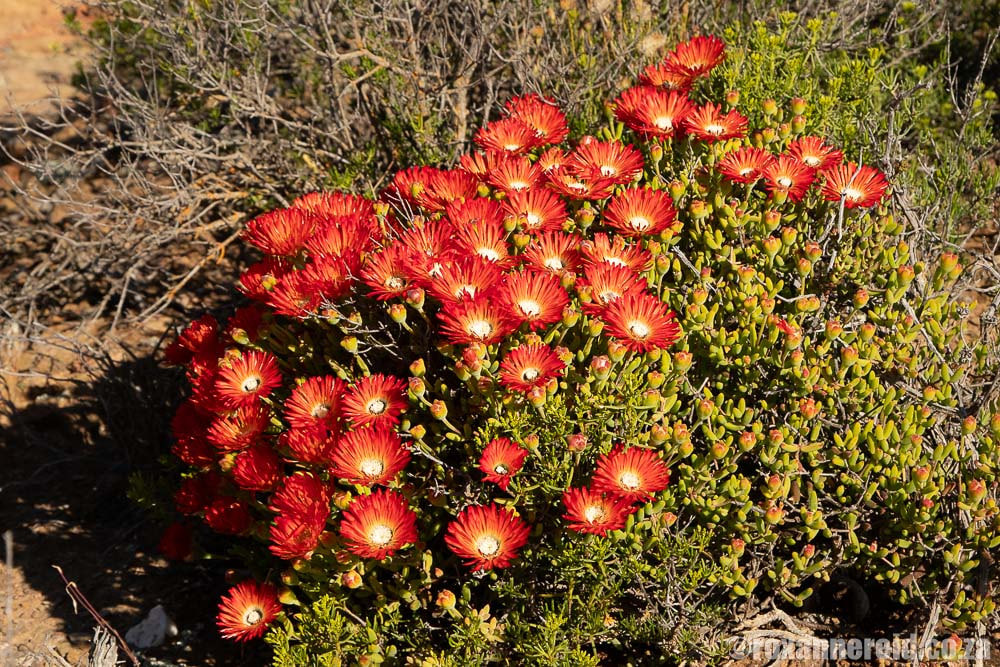
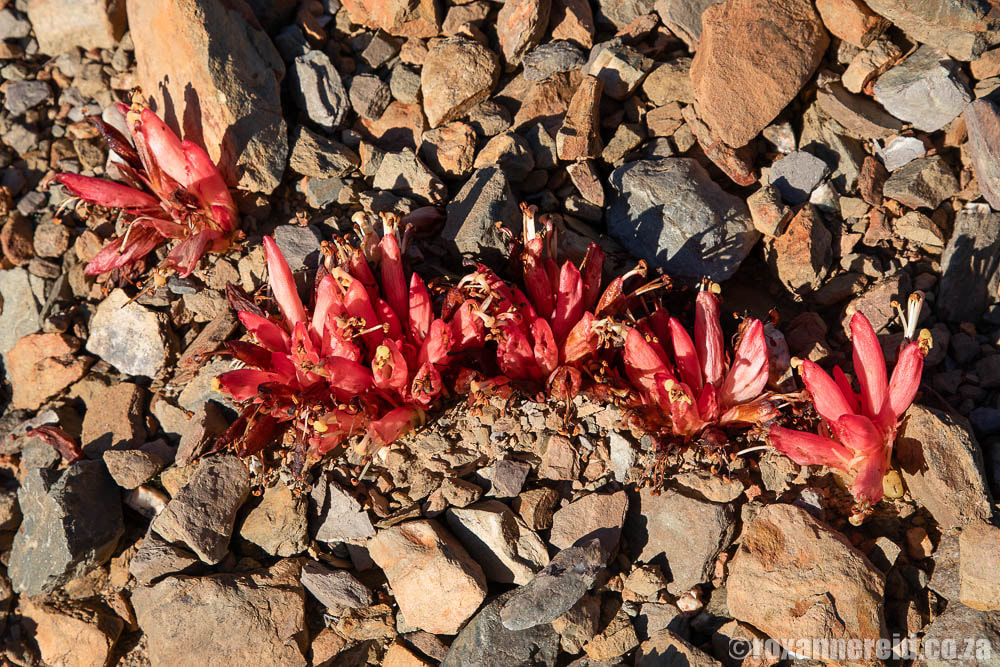
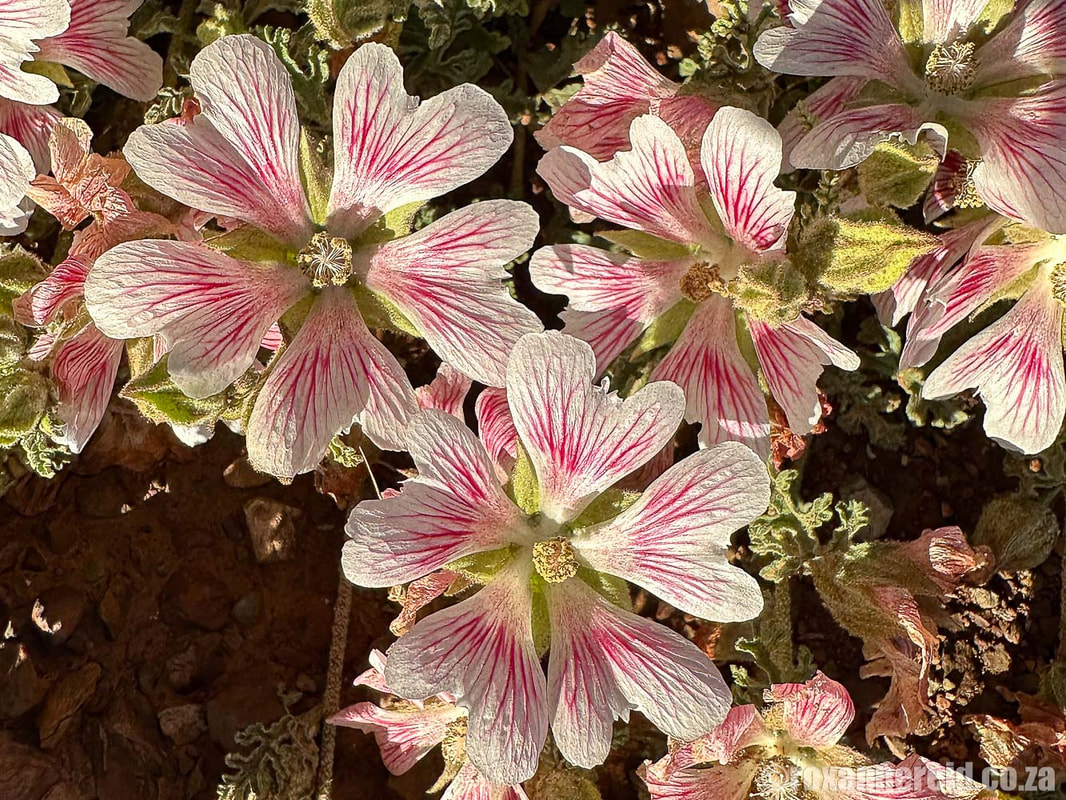
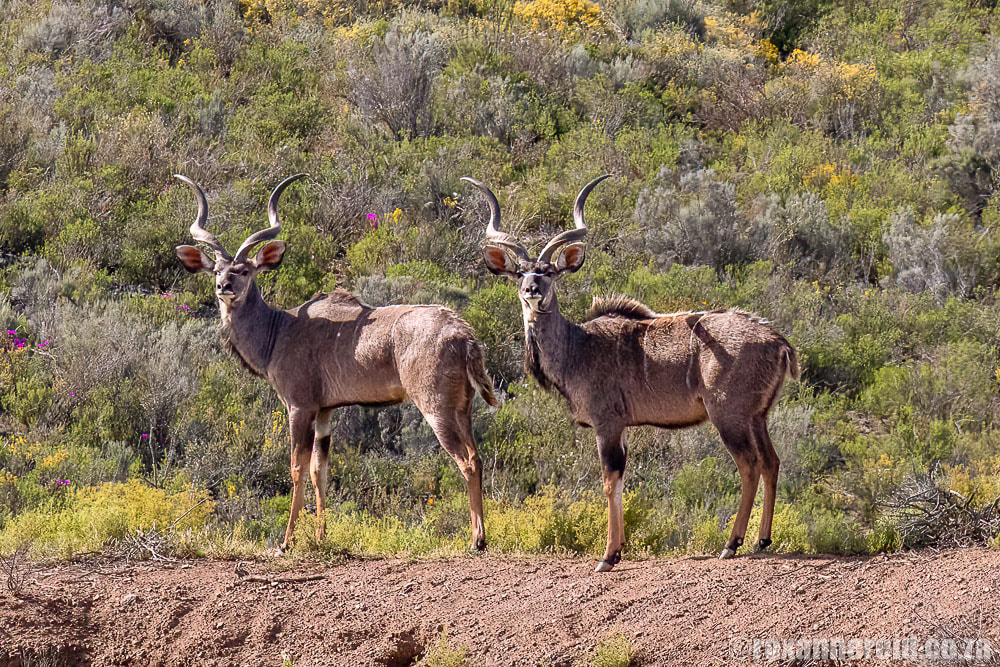
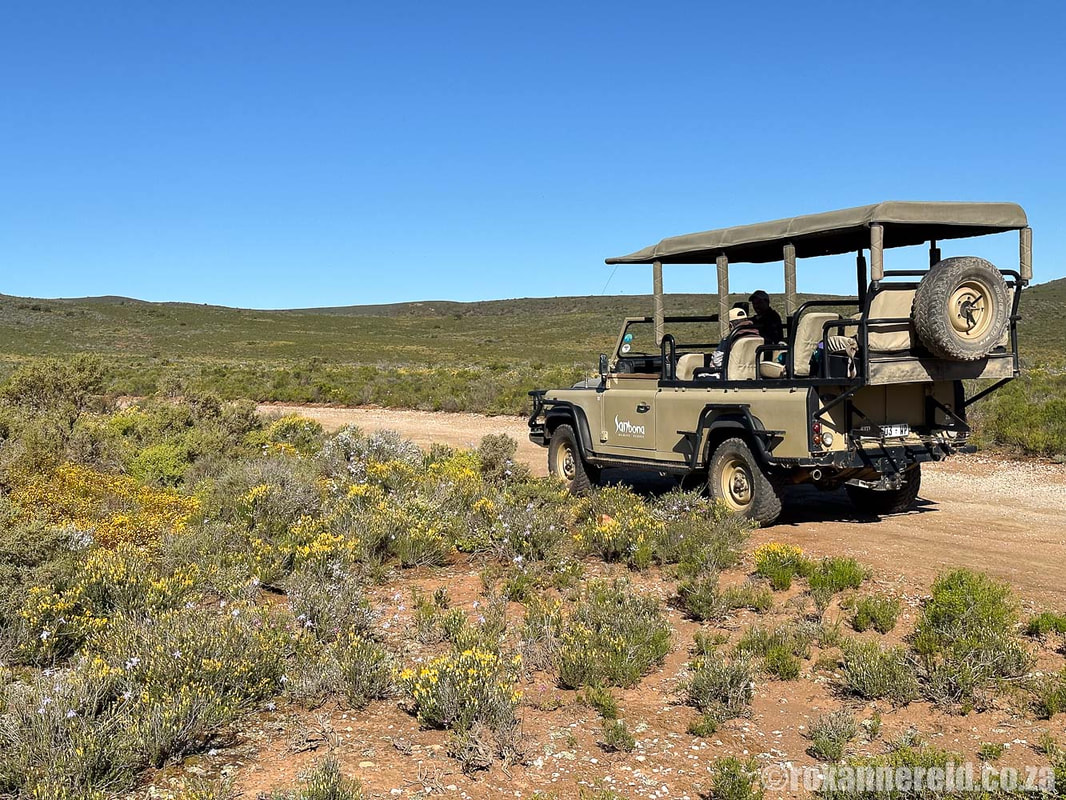
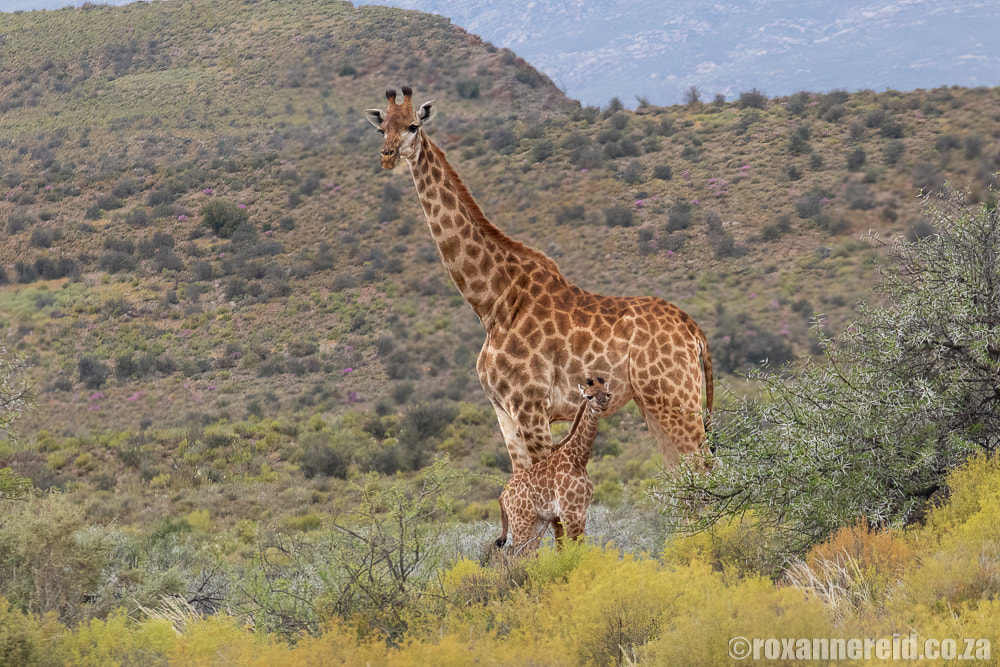
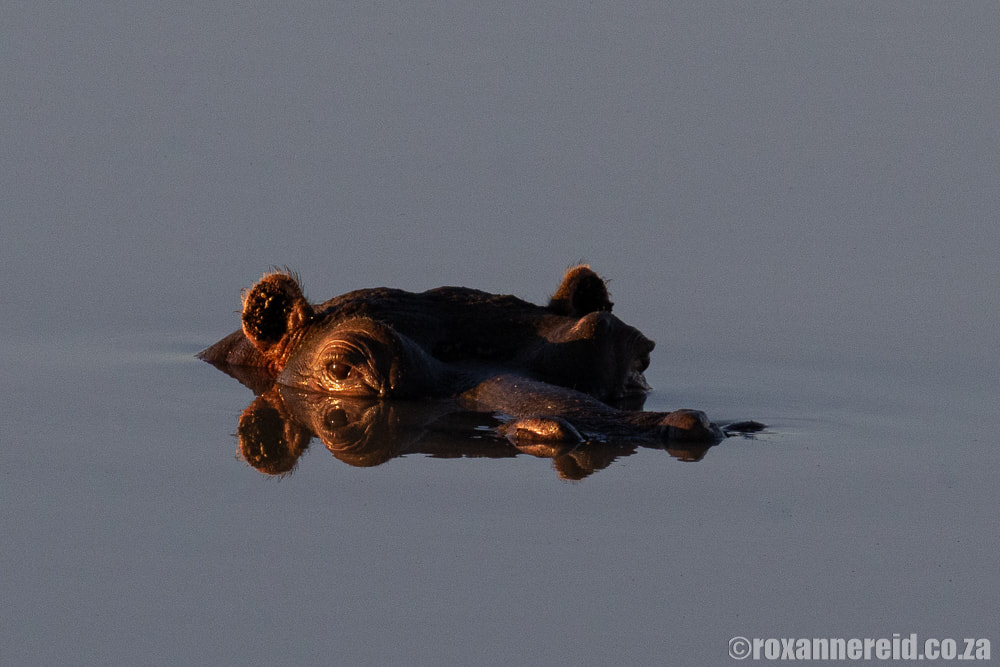
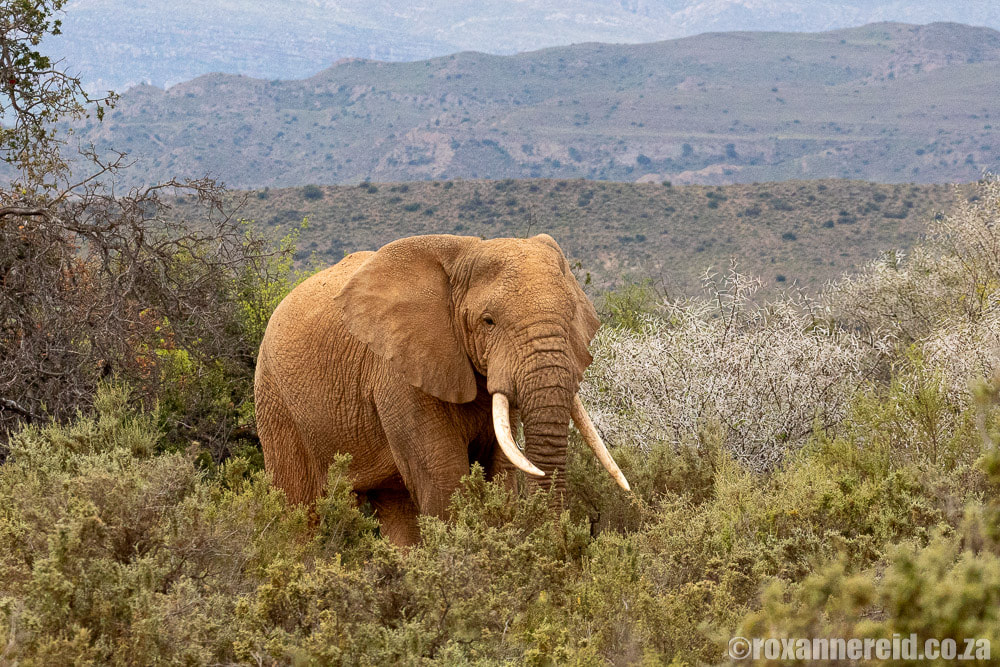
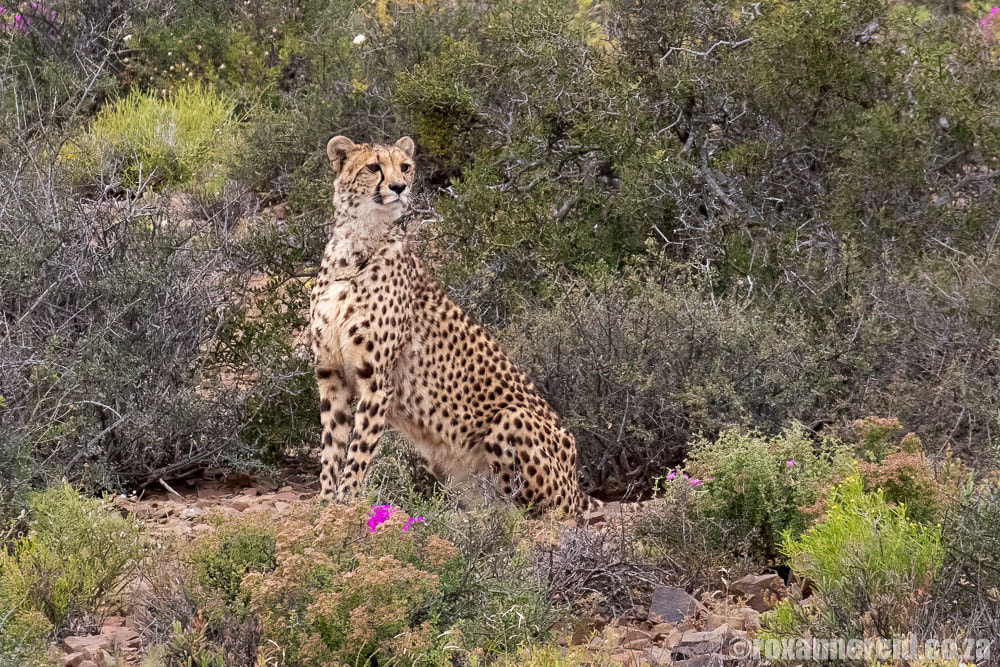
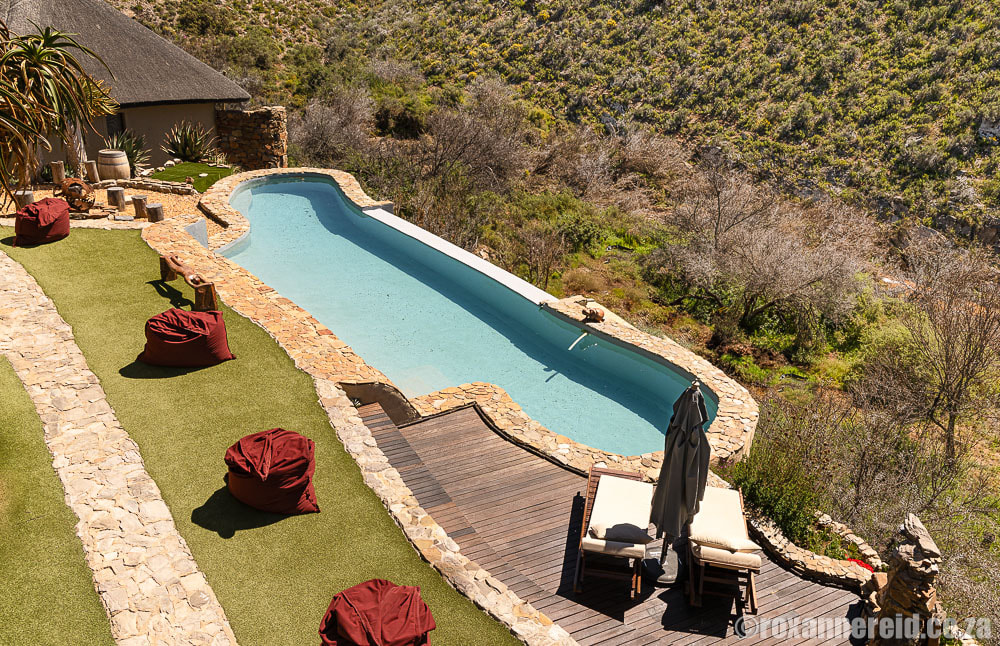
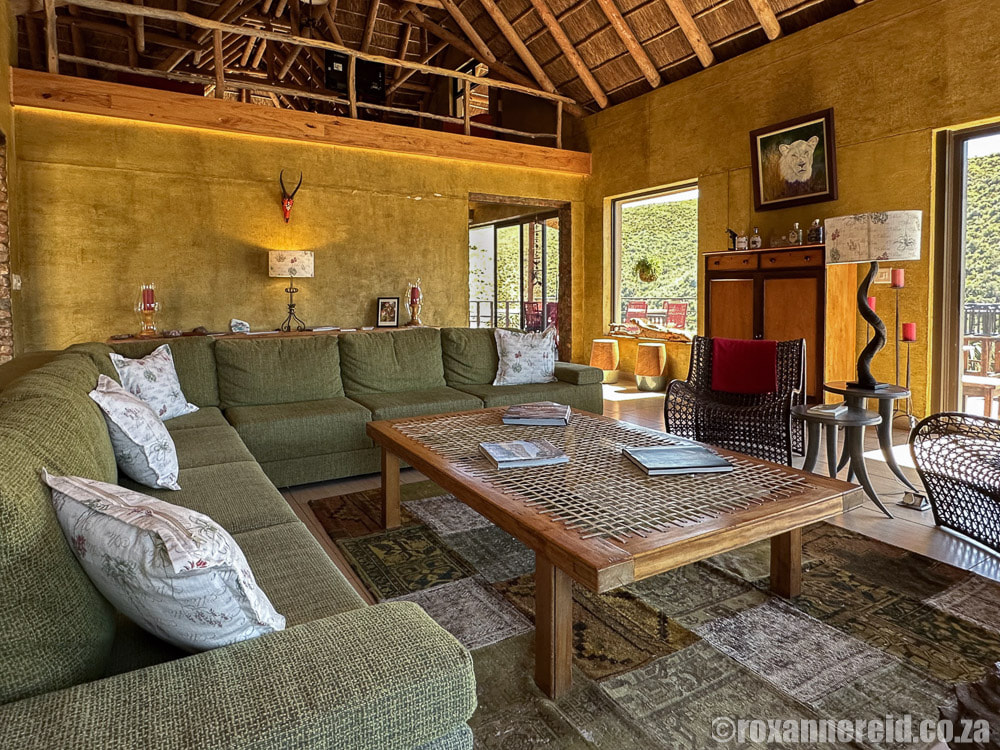
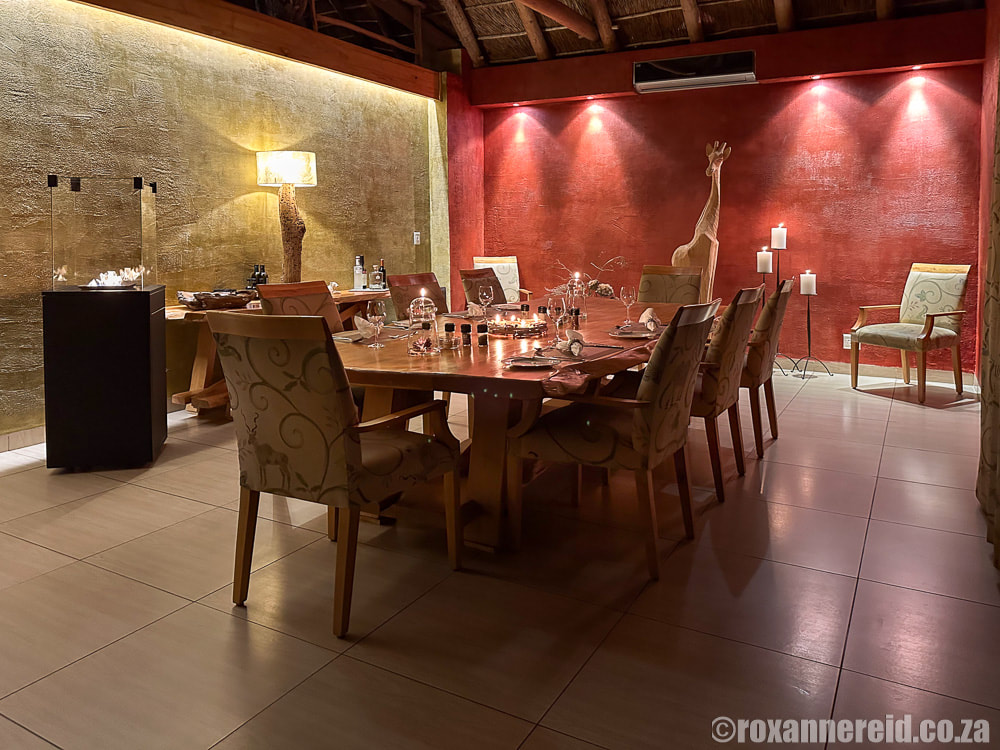
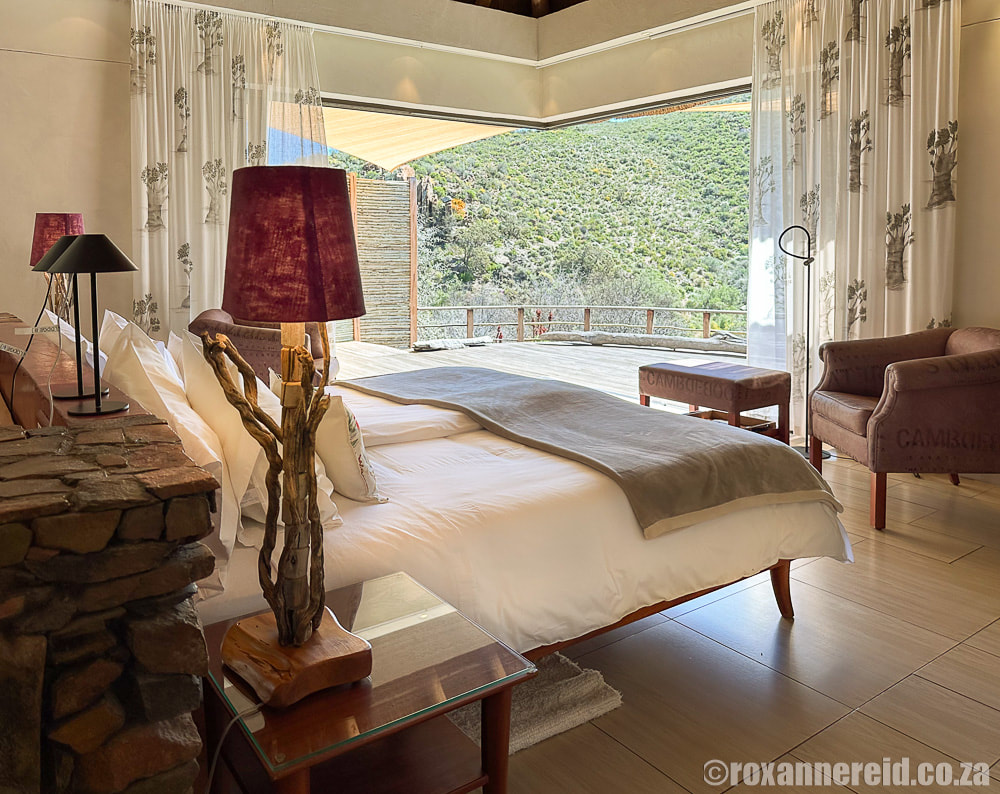
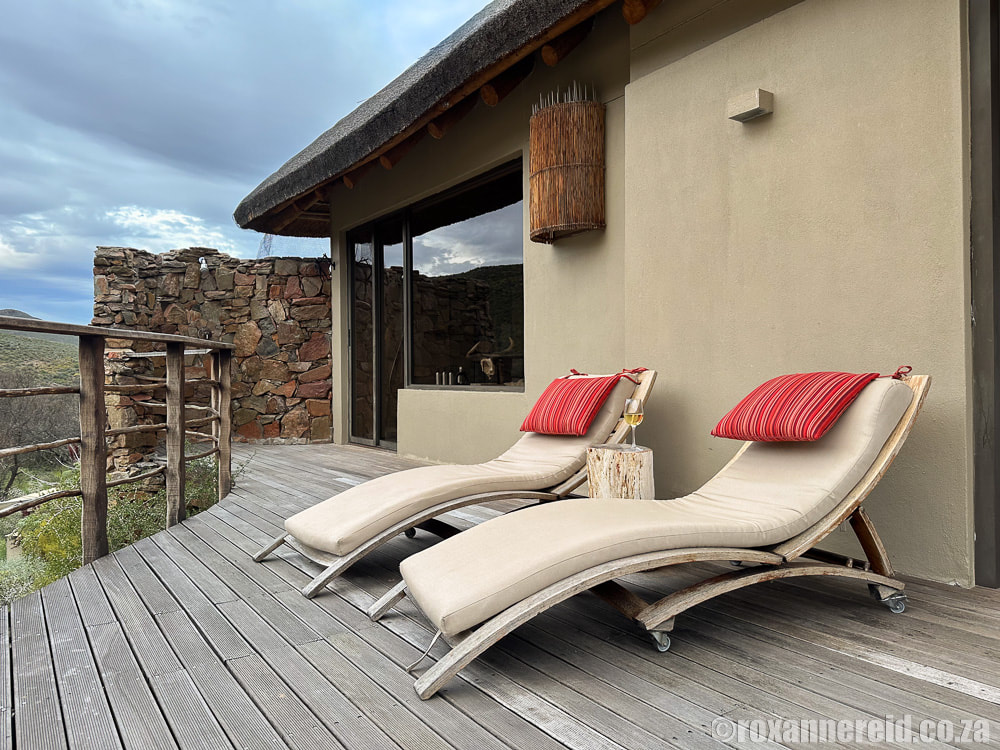
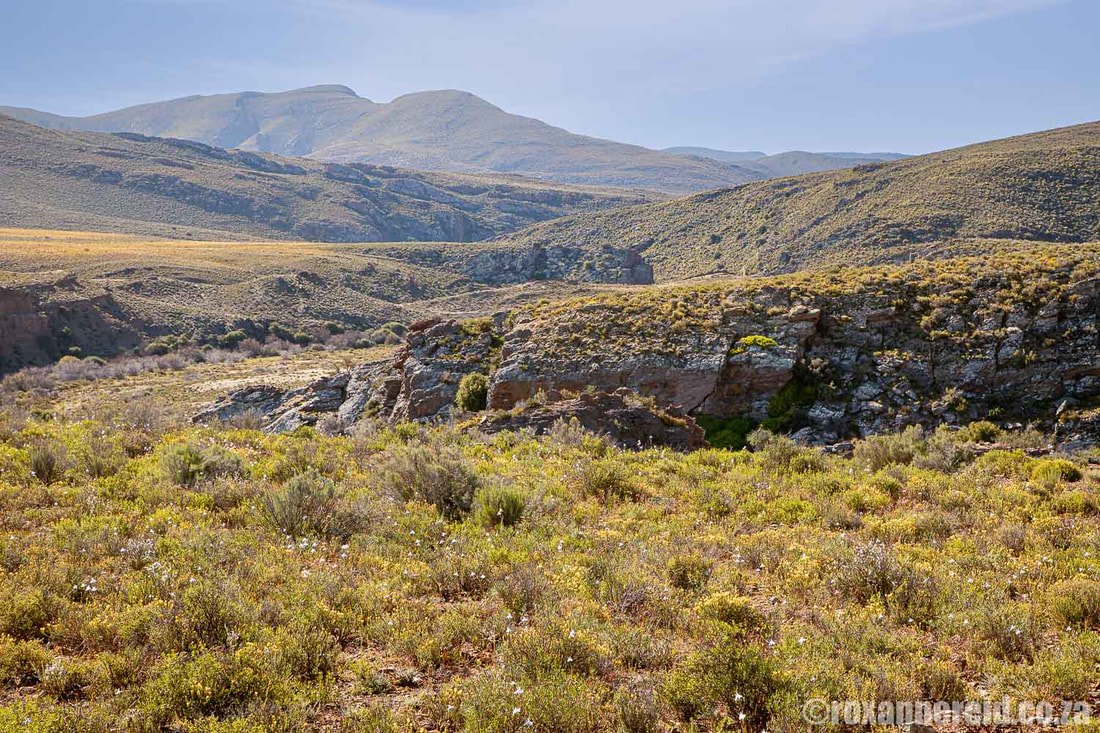
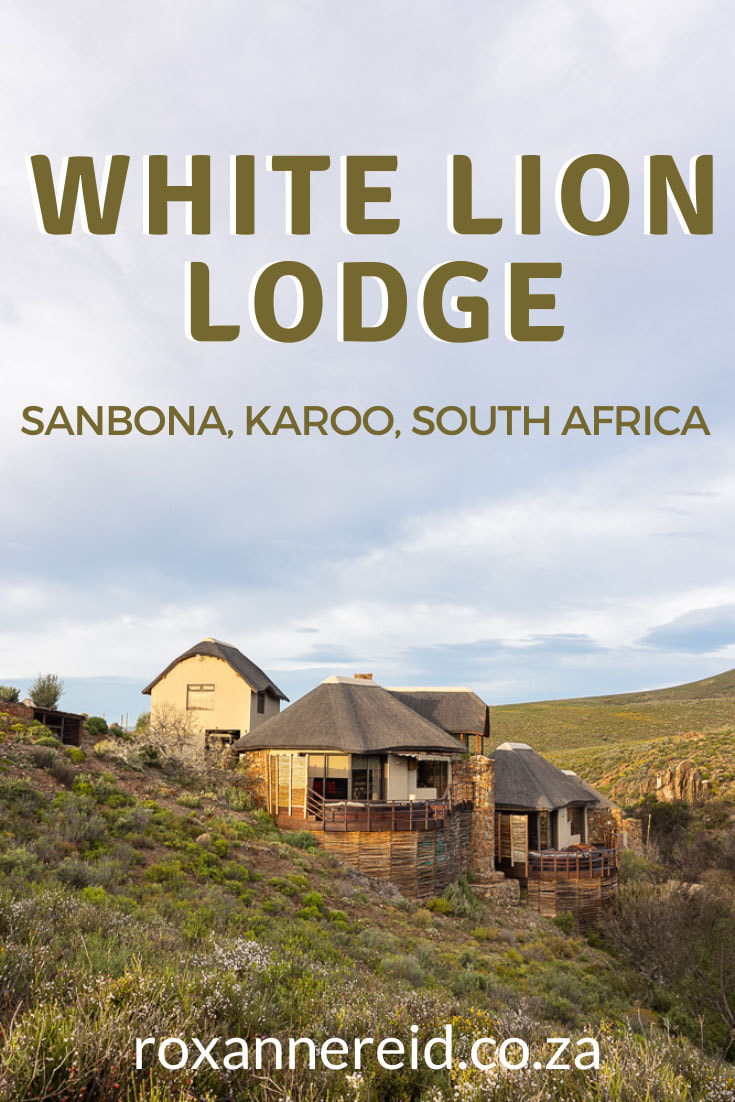
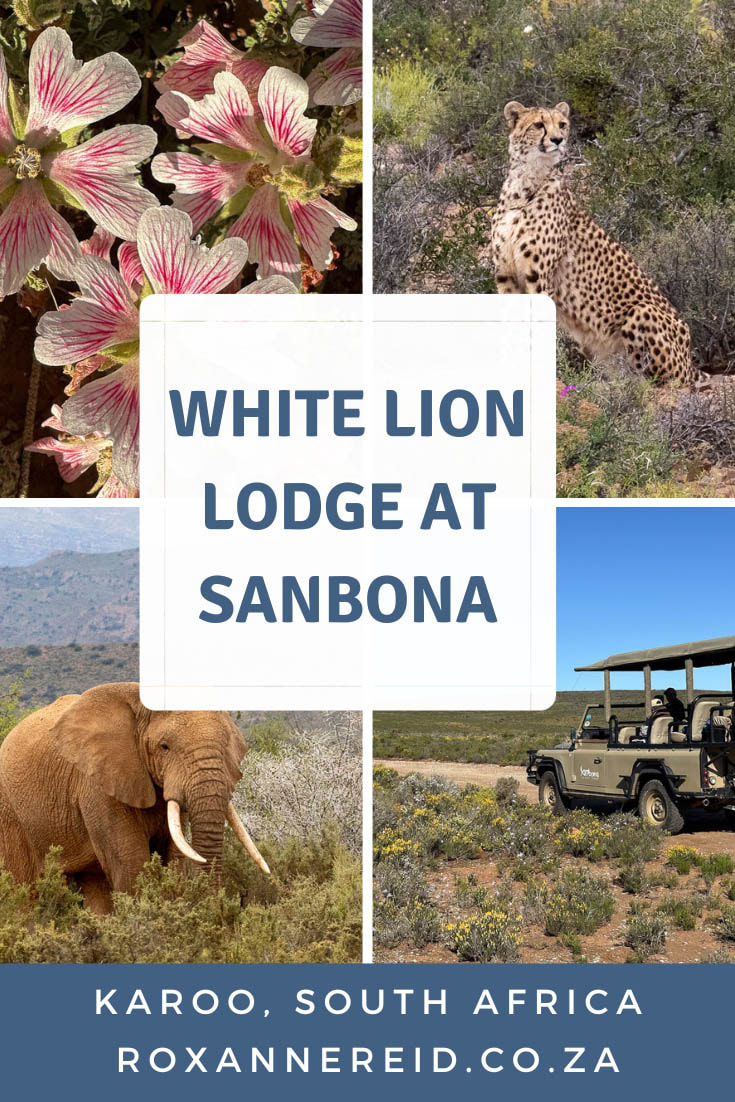





.jpg?itok=F2C4uk0x)
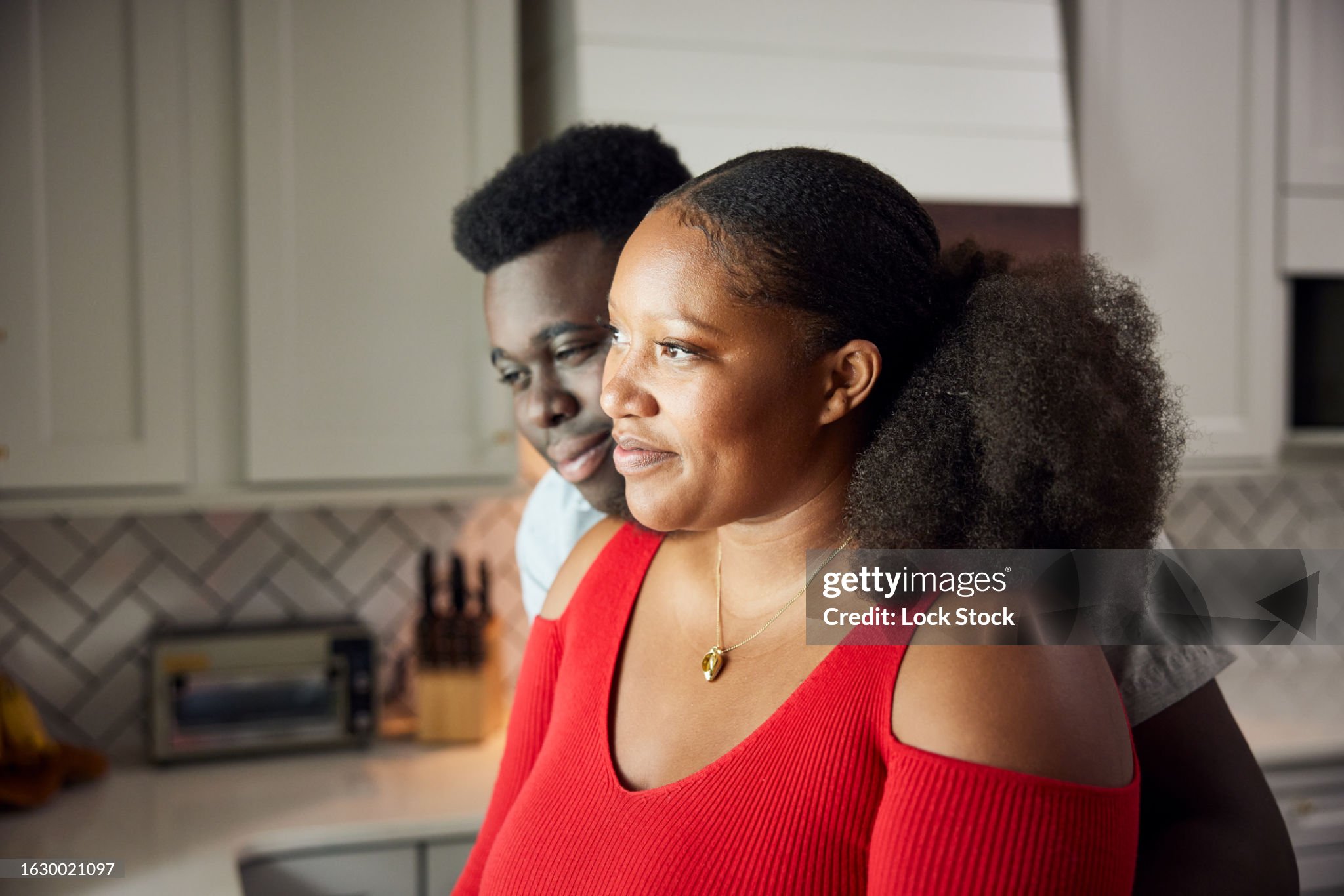



Discussion about this post